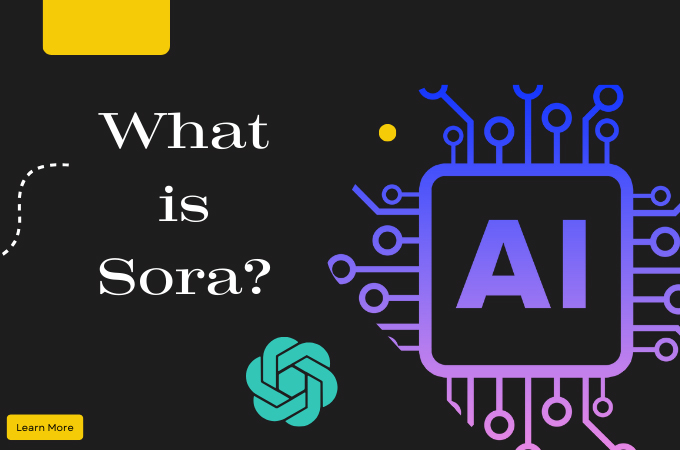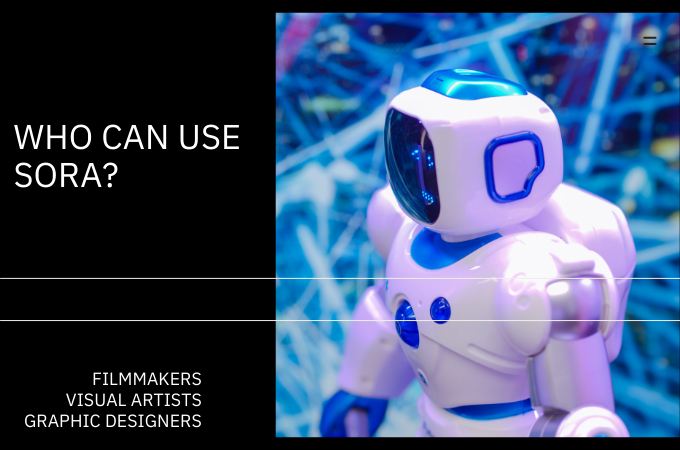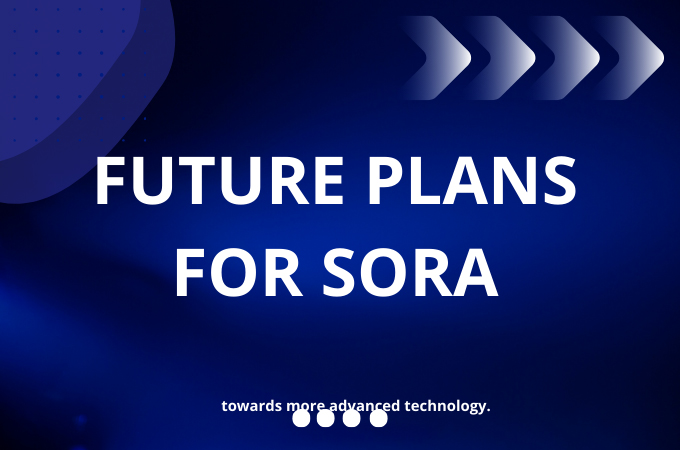
OpenAI remains leading when it comes to online AI innovation. Within their recent updates, they unveil yet another groundbreaking technology to revolutionize video production. Meet Sora, OpenAI’s cutting-edge text-to-video platform. With Sora, users can breathe life into stories, transforming them into cool visuals. Prepare to witness a game changer in communication, education, and entertainment. Join us on a journey into Sora’s extraordinary capabilities.
How to Use Sora
- What is Sora?
- How does Sora OpenAI Work?
- Who can Access Sora AI Video Generator now?
- Limitations of Sora
- When will Sora be Available?
What is Sora?

Sora stands as a cutting-edge text-to-video model. With its capacity to produce videos, it reacts directly to your commands. With the help of advanced AI technology, it converts prompts into visual content. This blends realism and creativity. Whether constructing elaborate scenes or enriching background elements, Sora presents exceptional efficiency. Furthermore, Sora shows a deep comprehension of your prompts, elevating its adaptability to a greater level.
How does Sora OpenAI Work?
Sora works by using advanced AI technology to transform text input into video content. When you provide prompts, it analyzes and interprets them to generate visual elements. This includes creating scenes, characters, and backgrounds based on the text it receives. It then combines these elements to produce high-quality videos that reflect the content of the input. Its deep learning capabilities enable it to understand the context of the text. Then, this allows it to transform your ideas into a video. Overall, it simplifies video creation by automating the conversion of text into engaging visual narratives.
Who can Access Sora AI Video Generator now?

Sora is currently undergoing testing by researchers to ensure its safeness before its public release. They found some including “critical risks” but they are still evaluating it. Additionally, a select group of visual artists, filmmakers, and designers can access to it for experimentation. However, OpenAI hide their identities for security purposes. Some news suggest that a waiting list is likely available in the future. Thus offering the first opportunity for access for others. That being said, there are intentions for it to be released to the public once everything is okay.
Limitations of Sora
While it boasts impressive capabilities, it’s important to understand its limitations. This will help you use it better and manage expectations. Over time, continued research and development efforts may address some of these limits. Here are a few to consider:
Reliance on Textual Input: It heavily depends on textual instructions or prompts provided by users. Thus, the clarity of input greatly influences its ability to generate accurate visuals.
Scope of Understanding: Despite utilizing advanced NLP algorithms, Sora’s understanding may be confined to the extent of its training data. This can pose challenges in accurately interpreting complex prompts.
Visual Realism: While it excels at creating realistic images, achieving perfect visual fidelity may still have limitations. In more intricate scenes or details, inconsistencies in the generated visuals may arise.
Content Bias and Misinterpretation: Similar to other AI models, it may reflect biases inherent in its training data, potentially resulting in biased or skewed content. Moreover, misinterpretation of text instructions could lead to inappropriate visual outputs.
Length and Complexity: Presently, Sora’s video production capability is limited to durations of up to one minute.
When will Sora be Available?

At present, Sora remains inaccessible to the public as OpenAI proceeds with caution. OpenAI has assembled a team of “red teamers” to check the tool for potential risks or hazards. Unfortunately, there is no exact time table for its development and release. All news came from OpenAI’s announcement blog post. Furthermore, there hasn’t been a hint that it will be released this year. However, OpenAI acknowledges that it is sharing its research at an early stage. Given the rapid pace of progress in the AI industry in recent years, predicting the exact launch date remains uncertain.
Conclusion
Sora, the AI-powered video generator by OpenAI, promises to revolutionize content creation. With its cutting-edge technology, it enables users to transform text into captivating visuals. While it is currently undergoing testing and only accessible some professionals, its potential is still undeniable. Despite its impressive capabilities, it’s essential to recognize its limitations and manage expectations accordingly. As we await its public release, the future of it holds promise for unlocking new possibilities in video production and creative storytelling. Learn more about the latest AI resources at PicWish.

Leave a Comment